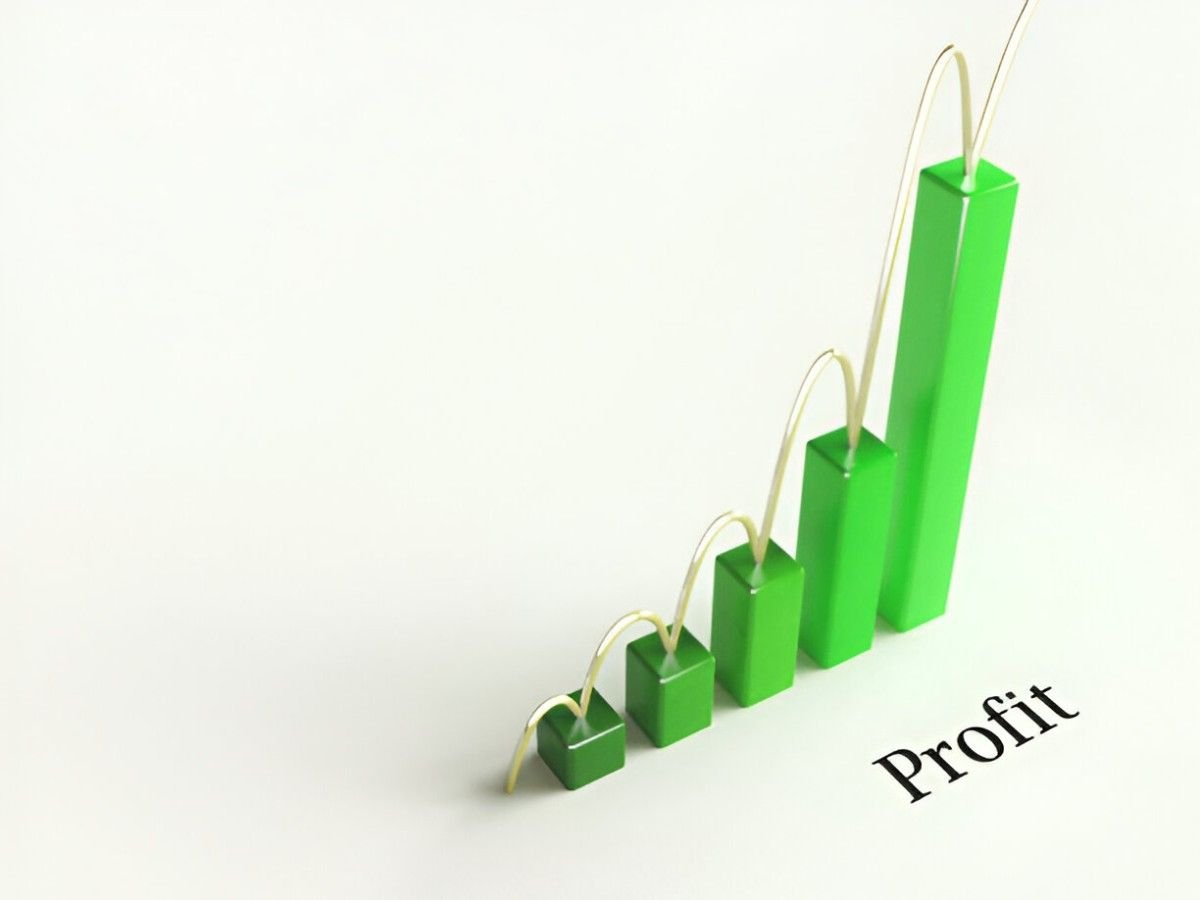Understanding profitability is essential for any business, whether you run a small startup or manage a large corporation. One of the most effective ways to visualize the relationship between sales volume, costs, and profit is through a Profit-Volume (PV) Chart. In this guide, I will break down how PV charts work, why they matter, and how you can use them to make informed financial decisions.
Table of Contents
What Is a Profit-Volume Chart?
A Profit-Volume (PV) chart is a graphical representation that shows how changes in sales volume affect profit. Unlike a traditional break-even analysis, which focuses on the point where total revenue equals total costs, a PV chart highlights the profit impact at different sales levels.
Key Components of a PV Chart
- X-Axis (Horizontal): Represents sales volume (units sold).
- Y-Axis (Vertical): Represents profit (or loss).
- Profit Line: A straight line showing how profit changes with sales volume.
- Break-Even Point: The intersection where the profit line crosses the x-axis (zero profit).
Here’s a simple example:
Profit = (Sales\ Price\ per\ Unit - Variable\ Cost\ per\ Unit) \times Quantity - Fixed\ CostsIf I sell a product for \$20, with variable costs of \$12 per unit and fixed costs of \$1,000, the profit equation becomes:
Profit = (20 - 12) \times Q - 1000At 125 units, I break even:
0 = (8 \times 125) - 1000Beyond this point, every additional unit sold increases profit by \$8.
Why Use a Profit-Volume Chart?
PV charts simplify complex financial data into an easy-to-understand visual. Here’s why I find them valuable:
- Quick Profit Assessment: I can instantly see how different sales volumes impact profitability.
- Strategic Decision-Making: Helps in setting sales targets and pricing strategies.
- Cost Structure Analysis: Reveals how fixed and variable costs influence profit margins.
Comparison: PV Chart vs. Break-Even Analysis
| Feature | PV Chart | Break-Even Analysis |
|---|---|---|
| Focus | Profit at all sales levels | Only break-even point |
| Visual Clarity | Shows profit trends clearly | Less dynamic |
| Use Case | Best for profit planning | Best for cost-recovery analysis |
Constructing a Profit-Volume Chart
Let me walk you through the steps to create a PV chart.
Step 1: Gather Financial Data
I need three key figures:
- Selling Price per Unit: P = \$20
- Variable Cost per Unit: V = \$12
- Total Fixed Costs: FC = \$1,000
Step 2: Calculate Contribution Margin
The contribution margin (CM) is the profit per unit after variable costs:
CM = P - V = 20 - 12 = \$8Step 3: Determine Break-Even Point
The break-even quantity (Q_{BE}) is where profit is zero:
Q_{BE} = \frac{FC}{CM} = \frac{1000}{8} = 125\ unitsStep 4: Plot the Profit Line
Using the profit equation:
Profit = (CM \times Q) - FC- At Q = 0, Profit = -1000 (a loss equal to fixed costs).
- At Q = 125, Profit =
, Profit = (8 \times 200) - 1000 = \$600.
Plotting these points gives a straight line starting at -\$1,000 and rising with a slope of 8.
Interpreting a PV Chart
Once I have the chart, here’s how I analyze it:
- Above the X-Axis: Profit is positive.
- Below the X-Axis: Loss is incurred.
- Steeper Slope: Higher contribution margin means faster profit growth.
Example Scenario
Suppose I consider lowering the selling price to \$18 to boost sales. The new CM becomes:
CM = 18 - 12 = \$6The new break-even point increases:
Q_{BE} = \frac{1000}{6} \approx 167\ unitsNow, I must sell 42 more units just to break even. Is the increased volume feasible? A PV chart helps me visualize this trade-off.
Advanced Applications
Multi-Product PV Analysis
If I sell multiple products, I use a weighted average contribution margin. Suppose:
- Product A: CM = \$8, 60% of sales
- Product B: CM = \$5, 40% of sales
The weighted CM is:
Weighted\ CM = (8 \times 0.6) + (5 \times 0.4) = \$6.8Now, the break-even volume is:
Q_{BE} = \frac{1000}{6.8} \approx 147\ unitsSensitivity Analysis
What if variable costs rise by \$2? The new CM drops to \$6, pushing the break-even point higher. A PV chart helps me anticipate such risks.
Limitations of PV Charts
While useful, PV charts have drawbacks:
- Assumes Linear Relationships: Ignores bulk discounts or step-fixed costs.
- Single-Product Focus: Complex for diversified businesses without weighted averages.
- Static View: Doesn’t account for changing market conditions.
Final Thoughts
Profit-Volume charts are powerful tools for visualizing profitability. By understanding how sales volume interacts with costs, I can make data-driven decisions that enhance financial performance. Whether adjusting prices, entering new markets, or optimizing production, PV charts provide clarity in an otherwise complex financial landscape.





